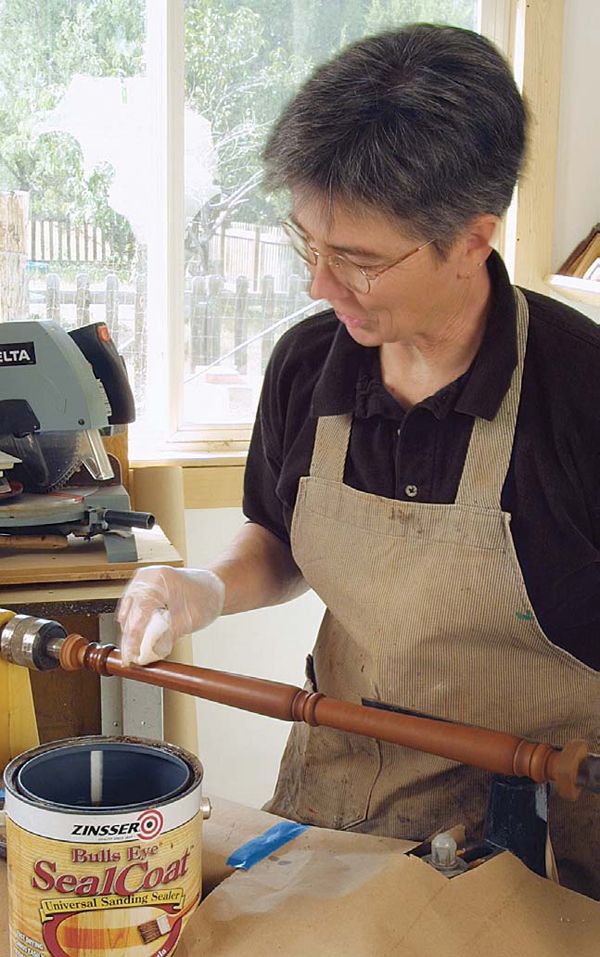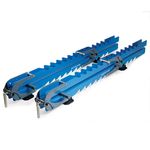Four Finishings for Turnings
When to use wax, shellac, lacquer, and oil
Synopsis: While most finishing materials used on turnings on the lathe are familiar to wood finishers, the methods of application for them are different. This article, written by a professional finisher, describes how to prepare the surface for each, and tells which finish works best for each project and how and why to use them to achieve a professional result. Find tips for preparing a surface and applying shellac, lacquer, oil, and wax.
From Fine Woodworking #165
Wood that is spinning on a lathe allows the finisher to apply various finishes rapidly and flawlessly. While most of the finishing materials used on turnings are familiar to wood finishers, the method of application is different. Sanding is far less of a chore, grain filling is quicker and less messy, and the friction caused by the applicator (usually a pad or cloth) dries the clear coating instantly. The problems of sags, dust, or other imperfections are simply nonexistent. In short, finishing turned work provides almost instant gratification.
While the brand names are many, the actual categories of finishes used on turnings are few. The intended use of the turning is the key to choosing a finish: If it is a decorative object subject to occasional handling, such as a candlestick, shellac or wax would be fine. If it is a chair part subject to moderate wear, shellac or an oil finish are possibilities, while an item such as a kitchen-table pedestal needs a durable lacquer finish to resist shoe scuffs. Finally, salad bowls and other woodenware need food-safe materials applied to them, such as mineral oil, 100% tung oil, and some types of linseed oil (check with the manufacturer to make sure there are no added driers, which are toxic).
Some materials are initially applied with the wood standing still. Then, with the piece spinning in the lathe and a cloth held firmly against it, the surface is polished. Other materials are applied directly to the moving wood. They dry rapidly because of the friction and produce an instant gloss.
If your work has been properly turned, you should only have to start with 180-grit paper—usually much higher. I use standard aluminum-oxide sheets of sandpaper, but sanding sponges are a flexible alternative.
If you are going to color the workpiece, use an alcohol-based dye stain to achieve maximum transparency (water-based dyes gum up the glue size and some grain fillers). Or you can apply an oil-based pigment stain if you are more comfortable with this product. Application of either the dye or the stain is easier and will be more even if the wood is moving. Using a cloth, apply multiple thin coats until you reach the desired color.
For the full article, download the PDF below.
Fine Woodworking Recommended Products

Rockler Deluxe Panel Clamp

Veritas Micro-Adjust Wheel Marking Gauge

Double Sided Tape























Log in or create an account to post a comment.
Sign up Log in